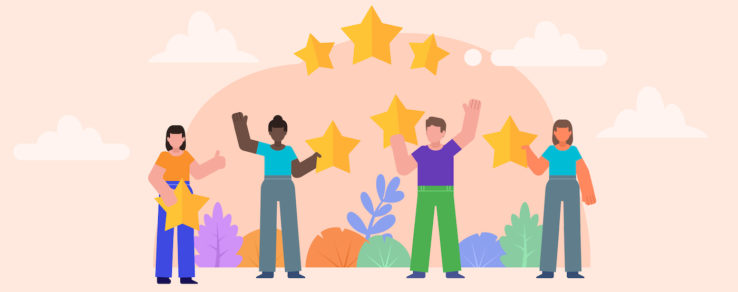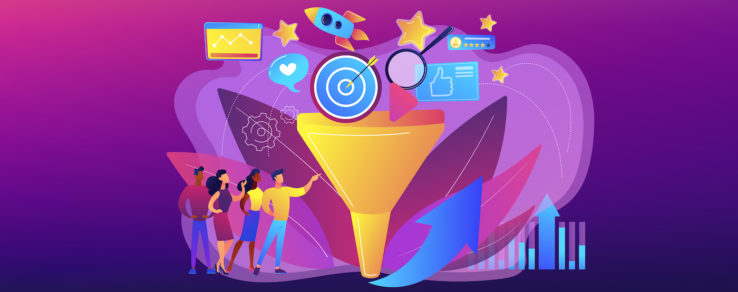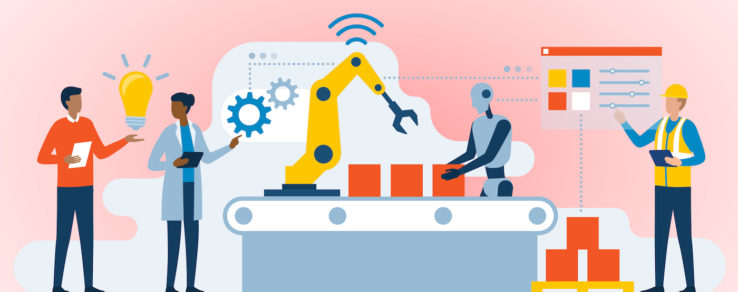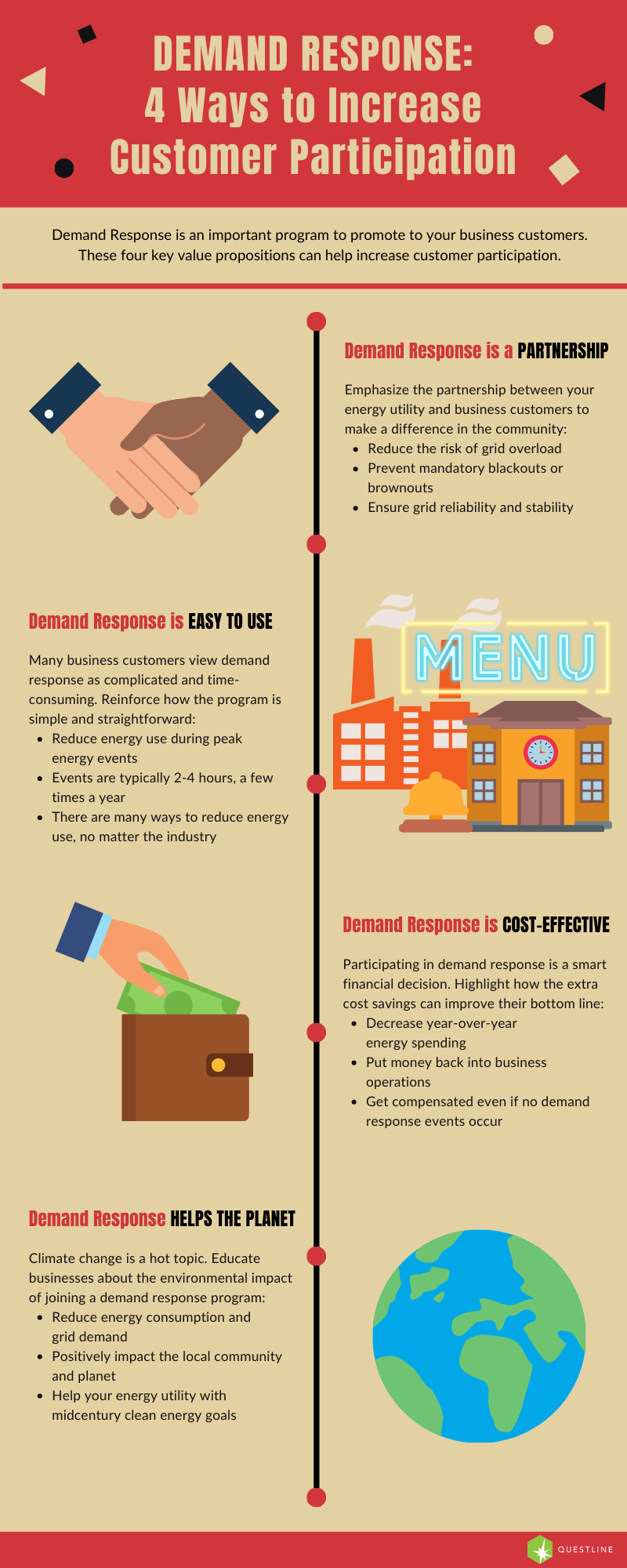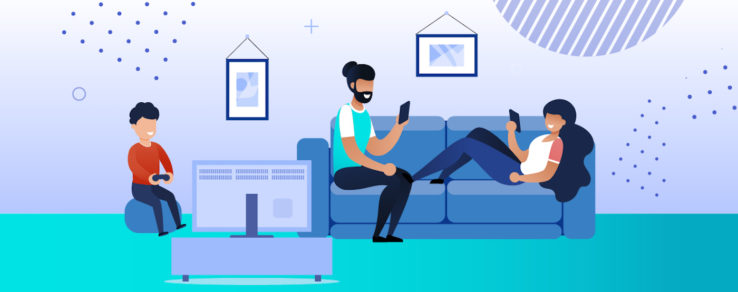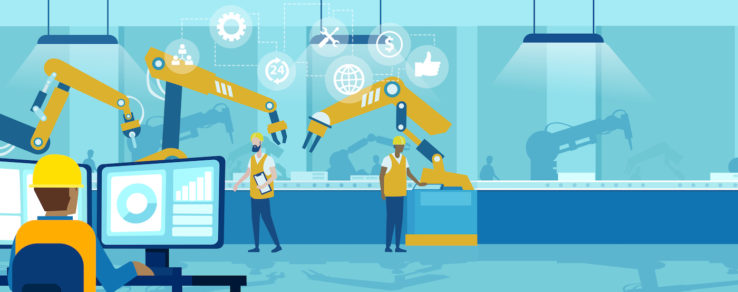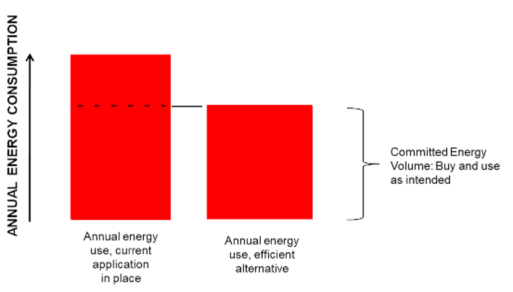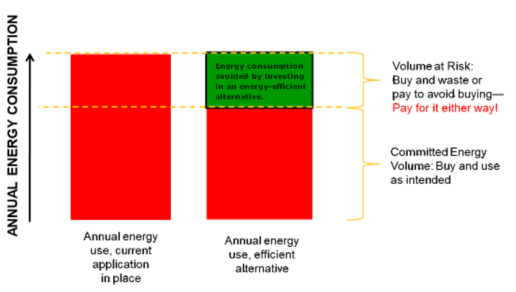When customers think of energy utilities, their first thoughts aren’t always the friendliest. They might be mad about a late payment fee or frustrated that their power isn’t restored yet. Often, they forget that there are real people behind the energy utility. As marketers, it’s important to remind customers that their utility is part of the community, and its employees are their friends and neighbors.
That’s why humanizing your energy utility’s brand is so important. The more you share the personal side of what matters to your energy utility, the more people see that it isn’t just a corporation. It’s made up of living, breathing people working toward helping others.
Connect with community programs
Many energy utilities have a special mission to give back to their communities. For example, AEP Ohio supported a “Math Camp-In” to help students learn and understand math in an entertaining way. This program quickly had to adapt to virtual learning due to the coronavirus pandemic, and AEP Ohio was there to ensure students could access the Math Camp-In virtually with no hassles.
AEP Ohio also helps customers facing financial hardship with the Neighbor to Neighbor assistance program, which is especially needed during these troubling times. The program helps customers maintain or restore their energy service by allowing other customers to donate through their AEP Ohio bill. AEP Ohio then matches every donation and 100% of the proceeds helps a family in need.
Eversource Energy has a similar program called the Neighbor Helping Neighbor Fund. In partnership with six community action agencies, the program helps customers who are not able to pay their utility bill due to a crisis, such as the pandemic. Eversource helps customers make a one-time or continuous donation contribution through their monthly bill.
Mississippi Power’s Project SHARE is a way for customers to help elderly or medically disabled customers. For as little as a dollar a month, customers can add a donation to their utility bill payment. Since its creation, Project SHARE has received more than $900,000 in donations from both customers and employees of Mississippi Power.
Each of these examples focuses on helping customers in financial need, but it also shows a connection to the community. Your energy utility is not just an electric service for customers; it’s also a part of the community. Programs like this show that your energy utility cares about customers in difficult times with tangible programs and services.
If your energy utility does not currently have a program like any above, strongly consider implementing one to make a difference in your community and customers’ lives.
Sustainability matters to your customers
Your customers’ concerns go beyond finances. For example, many customers are looking toward a greener future — more renewable energy and less carbon emissions. What is your energy utility doing to work toward this goal?
Dominion Energy has a plan in place to cut net carbon and methane emissions to zero by 2050 and it’s currently building the largest offshore wind farm in the United States. The energy utility is also committed to creating as little waste as possible and recycled 46 tons of equipment in 2019 alone. Additionally, Dominion Energy is focused on implementing building and program designs that avoid impact to wildlife and habitats around their facilities.
Avista is also committed to addressing the issues of climate change and transitioning to a lower carbon future with plans to integrate renewable energy, influence climate policies and lead with energy efficiency and conservation.
It’s no longer enough to talk about working toward a better future. Your energy utility needs to take action. And it’s important to share these plans with your customers. This is especially important as the Millennial and Gen Z generations become more influential.
“Long gone are the days when big brands could hide behind clever marketing campaigns that made it seem like they stood for something important,” according to a Forbes. “Today’s younger generations are smarter than that and take pride in knowing which brands aren’t just talking the talk but are walking the walk. Companies are being forced to change their approach when it comes to marketing to Millennials and Generation Z consumers.”
Show your utility’s personal side
If we didn’t have people working for energy utilities, the world would be a dark place (pun intended). Your employees are a vital part of the community — consider showcasing their work to your customers. Customers often forget the people behind the screen answering their questions or the lineworkers restoring their power during a storm. Fortunately, there are many ways to share the great work your employees are doing.
On National Lineman Appreciation Day, Hawaiian Electric took to social media to share a video to recognize their lineworkers. Many other energy utilities followed suit, but you don’t have to wait for one day a year to share your appreciation. Profile your lineworkers in a blog post on your website or in a video in your newsletter.
For Employee Appreciation Day, National Grid created a video to “recognize and highlight the hardworking men and women” that make up the energy utility. The video was filmed across three different states. Customers want to learn more about the people that help them every step of the way, from starting their service to keeping it on.
A human brand for human customers
Customers want to get to know your energy utility past the bills and power outages. So, let them. There are moments when you need to show your corporate side, but there are also many times to show your human side. For example, empathy in times of crisis goes a long way and being active in your community is essential to building customer relationships. Know when to humanize your energy utility, and you’ll be able to better understand your customers as well.
